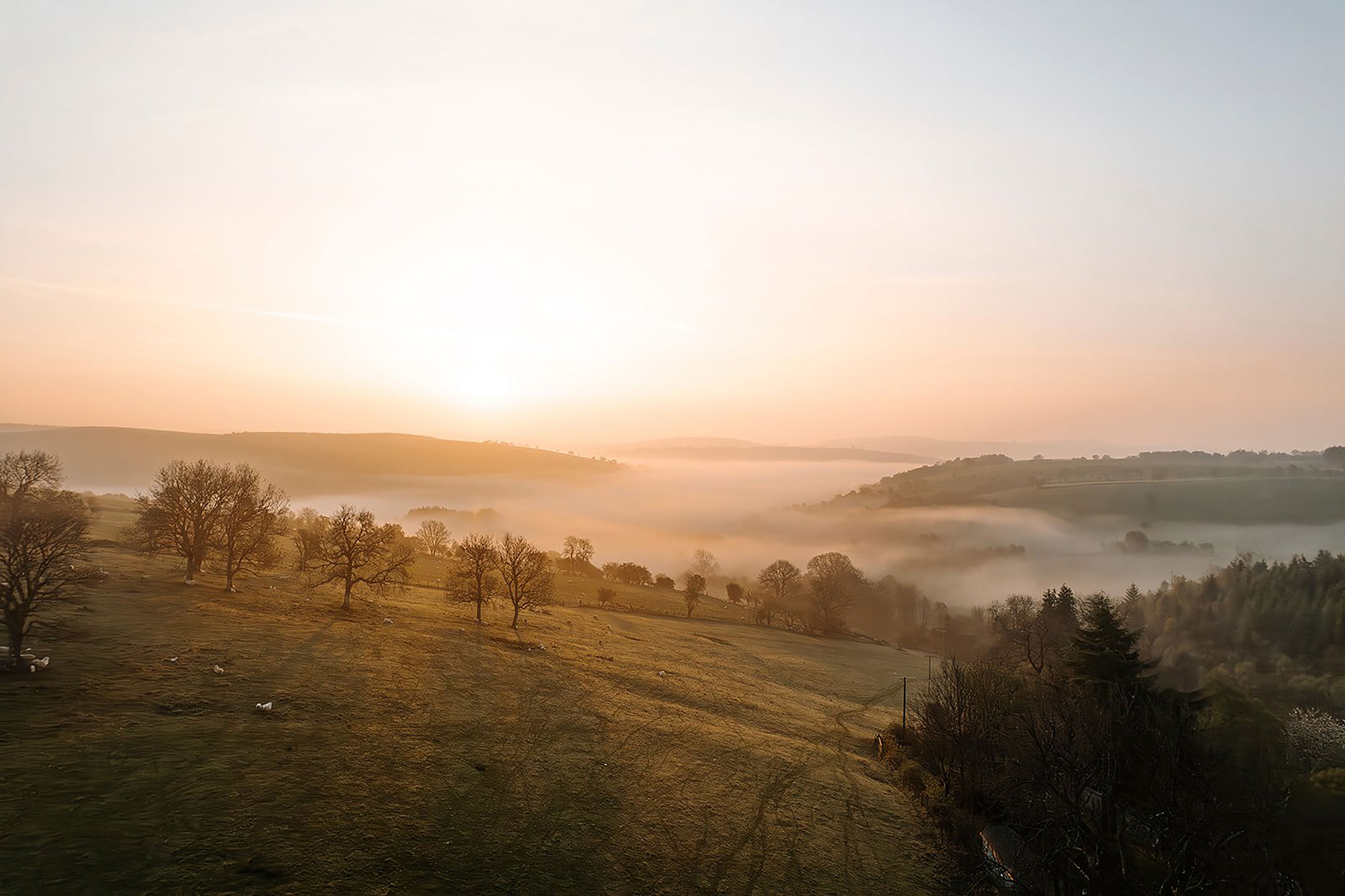Painting your house Green
A host of so-called eco-friendly paints are now available to buy, but how many really are, and do they provide the necessary protection and durability? Arabella Youens finds out


Looking at the marketing spiel, you'd be forgiven for thinking that all the leading manufacturers of paint-from the giants of Dulux to the more genteel likes of Farrow & Ball -have introduced natural paint lines good enough to eat in the past 18 months. Between tins of EarthBorn's ‘ultimate eco wood finish' and Ecolibrium's ‘natural paint' range, the push for us to dispense with conventional, synthetically prepared paint and dip our brushes into something ecologically sound is hard to miss.
The explosion of Green paint follows European legislation to reduce noxious levels of solvents in paints (specifically Volatile Organic Compounds or VOCs), which was introduced in January. It's not news that the process of manufacturing paint is intensive -don't forget that the stuff is so hazardous that you can be fined for putting unfinished pots out with the rubbish. The sharp smell of fresh paint is known to generate headaches and is thought to set off allergies. Not to mention that figures from the World Health Organization can make uncomfortable reading for decorators: they are 40% more likely to develop lung cancer than other workers.
However, some people argue that these ‘natural' or ‘eco' labels are misleading because, in fact, all the paint is doing is complying with the new EU standards, which are a long way from eradicating all synthetic ingredients. Terms such as ‘Green', ‘natural', ‘organic' or ‘eco' aren't well defined and may refer to the materials used, the manufacturing process or the amount of recycling in the packaging.
Next, although the fact that a pot might have low or no VOCs sounds reassuring, most of us don't realise that VOC is a generic term that includes naturally occurring gases released when we do completely nontoxic things, such as peeling an orange or mowing the lawn. Furthermore, low- or no-VOC paint is, by definition, a move to using water-based paints, which aren't as hard-wearing as oil. Finally, paint that does tick all the boxes has often been shipped in from Germany.
For the architectural historian and environmental campaigner Edward Bulmer, there is no excuse for using anything other than genuine eco-friendly paint, especially in historic buildings. ‘You need to allow for the free passage of gases and moisture,' he says. ‘Synthetic paints are like a thin layer of plastic. To put it more simplistically, if you put a sack on your head, you won't die, but if you put a plastic bag on, you will.' His own collection of emulsions and oils, Pots of Paint (www.potsofpaint. com), is made of 100% natural ingredients such as beeswax, milk casein and linseed oil, and leftovers can be composted.
But this approach presupposes that natural is good and synthetic is bad. ‘That's too simplistic,' believes Patrick Baty (pictured), a paint specialist and owner of the Chelsea shop Papers and Paints (www.papers-paints.co.uk), which was set up by his father 50 years ago. ‘When it comes to historic buildings, I have no problem condoning the use of modern paints because there is no satisfactory alternative. 'There's no point feeling very smug having a mixture of powdered chalk and glue on your walls if it doesn't stand up to the daily demands of a family. You need something "scrubbable".'
Both agree that movement to zero levels of VOCs in paints contradicts the environmental argument, because water-based paints will never stand the test of time. Colour consistency with natural pigments is another concern for Mr Baty.
Exquisite houses, the beauty of Nature, and how to get the most from your life, straight to your inbox.
Clearly, there is no hard-and-fast Green solution for all surfaces and needs. National Trust paintings conservation adviser Christine Sitwell explains that, although the Trust tries to use linseed oil and casein paints, it still uses a range of acrylics, albeit in a limited way. ‘As our houses span wide ranges of periods and styles, the type of paint depends on the function of a room, and the type and condition of the surface.'
Brush up on paint ● Microporous paints are better for walls in older houses that need to breathe; distempers and casein paints are permeable so are excellent for damp walls ● Eggshell leaves a glossier finish that's good for internal woodwork and comes either oil-based (longer-lasting) or water-based (easier to apply) ● Owners of Grade I and Grade II*-listed buildings can apply to use historic paint that is mixed with lead ● Acrylics are quick drying, durable and less expensive, but have a greater impact on the environment ● Donate your leftover paint to charity through www.communityrepaint.org.uk
-
 A Clarkson's Farm of one's own: Five properties with just enough farmland for you and your family, from under £1 million
A Clarkson's Farm of one's own: Five properties with just enough farmland for you and your family, from under £1 millionMoving to the country is one thing; moving to the country and being able to grow and rear all your own food is another level entirely, and all these properties offer exactly that.
By Arabella Youens Published
-
 What everyone is talking about this week: What is the right way to propose to someone?
What everyone is talking about this week: What is the right way to propose to someone?Taylor Swift and Travis Kelce are the latest couple to employ 'hidden' photographers to capture their engagement — but at what cost? Will Hosie details how you should do it instead.
By Will Hosie Published

